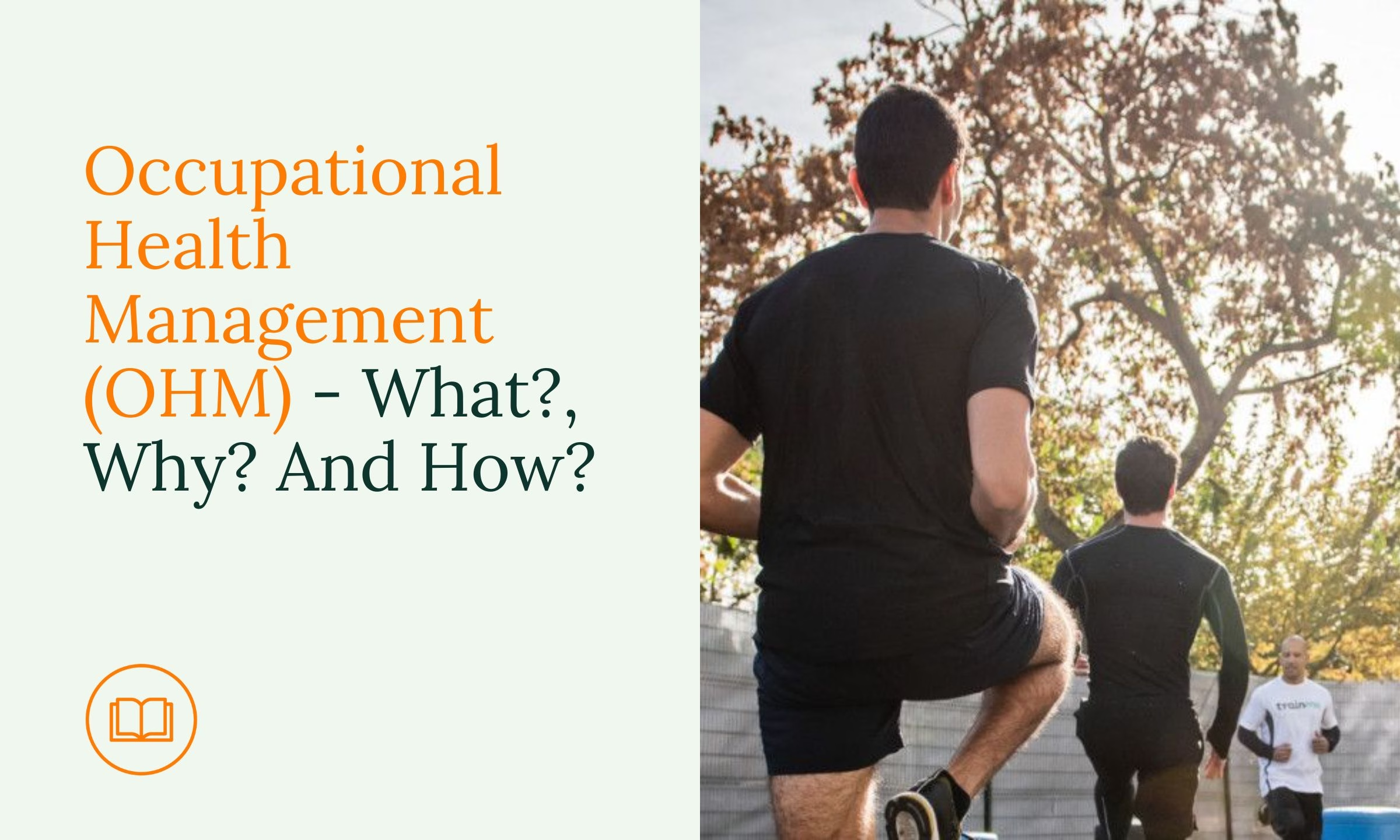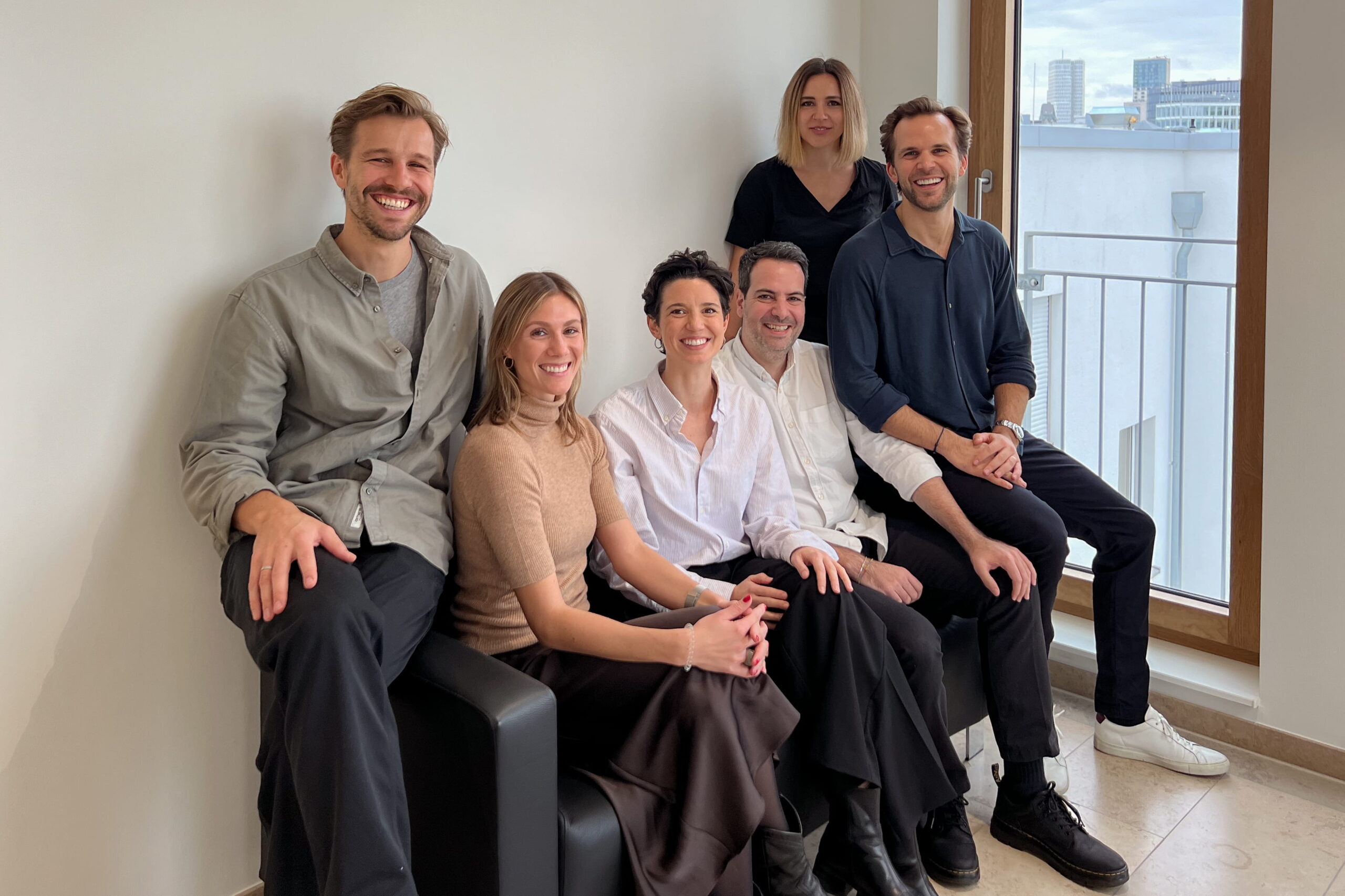The internet is filled with definitions of Occupational Health Management (OHM), but what does this term actually mean in practice? How crucial is OHM for businesses, and what benefits does it offer? Most importantly, how can companies implement effective OHM strategies?
In this article, we’ll break down everything you need to know about OHM, from its definition and components to its implementation and long-term impact.

The Rising Importance of OHM
Occupational Health Management has become a hot topic in modern workplaces, rivaling sustainability as a key focus for businesses. Discussions about health promotion are no longer confined to HR departments; they’re central to building an attractive employer brand in today’s competitive labor market.
However, only about 20% of German companies currently implement holistic OHM strategies. Many others offer limited measures or are just beginning to explore the possibilities. Shockingly, 13.4% of companies don’t provide any OHM initiatives at all.
This article explores:
- What OHM is and what it involves
- Its benefits for employees and companies alike
- Costs and practical measures
- How to start implementing OHM and handle challenges
What Does Occupational Health Management (OHM) Mean?
At its core, OHM involves the structured implementation of health-promotion and prevention measures to support employee well-being. Here are two practical definitions:
- OHM is the structured approach to implementing health-promoting and preventative measures to benefit employees within a company.
- OHM is a planned and coordinated process aimed at maintaining employee health and performance over the long term.
This is more than just offering perks like gym memberships or yoga classes. Effective OHM involves a strategic, thought-out process to create an environment where employees feel good, stay healthy, and perform at their best.
Which Aspects Are Part of Occupational Health Management?
OHM takes a holistic view of health, addressing both physical and psychological well-being. Key factors include:
Physical Aspects:
- Work equipment (e.g., ergonomic chairs, tools, workspaces)
- Working environment (e.g., office setup, factory conditions)
- Working hours (e.g., shifts, flextime)
- Work organization (e.g., hierarchies, workflows)
Psychological and Social Aspects:
- Social relationships (e.g., team dynamics, interdepartmental interactions)
- Individual needs (e.g., personality traits, preferences)
- Work-life balance (e.g., family responsibilities, personal life)
- Support systems (e.g., supervisors, colleagues)
Effective OHM combines these factors with measures that encourage healthy behaviors, such as providing ergonomic chairs while also offering yoga classes to promote employee well-being.
Is Occupational Health Management a Legal Obligation?
While OHM itself is not legally mandated in Germany, Austria, or Switzerland, several regulations require companies to ensure workplace health and safety. These include:
§ the German health and safety law
§ the German operational safety ordinance
§ the German workplaces ordinance
§ the Austrian general social security act
§ the Austrian employee protection act
§ the Austrian healthcare promotion law
§ the Austrian labor and health act
§ the Swiss federal act on accident insurance
§ the Swiss federal act on labor in industry, commerce and trade
§ the Swiss ordinance on the prevention of accidents and occupational diseases
Compliance with these regulations lays the groundwork for OHM but doesn’t encompass the broader, strategic benefits a comprehensive OHM plan can deliver.
What Does OHM Offer?
The benefits of OHM extend beyond healthier employees. Companies also stand to gain from:
- Reduced absenteeism
- Improved productivity
- Enhanced employer branding
- Stronger employee engagement
- Lower turnover rates
A well-executed OHM strategy contributes to a happier, more resilient workforce while delivering measurable business results.
The 4 Fundamental Principles for Successful OHM
For OHM to thrive, it must be integrated into your company’s overarching strategy. Here are four key principles:
Wholeness: OHM must encompass related areas like occupational safety and HR management.
Integration: OHM should be part of all business areas and decision-making processes.
Participation: Everyone, from trainees to executives, should contribute to OHM efforts.
Project Management: Regularly evaluate programs and discard outdated measures.
How Much Does OHM Cost?
The cost of OHM depends on your company’s size, strategy, and chosen measures. A practical approach is to allocate a monthly budget per employee rather than a one-time lump sum.
Sample Costs:
- Companies with 200 employees: €20–€30 per employee/month
- Companies with 2,000 employees: €10–€15 per employee/month
The ROI is compelling. Studies show a return of 1:2 to 1:10 for absenteeism-prevention programs. For mental health initiatives, the WHO estimates an ROI of 4:1 for every dollar invested.
What Measures Are Part of OHM?
OHM measures fall into two categories:
Behavioral Prevention:
Encourages employees to adopt healthier habits. Examples include:
- Fitness programs (e.g., yoga, company sports teams)
- Health days (e.g., posture advice, blood pressure checks)
- Mental health initiatives
- Nutrition and stress-management workshops
Relational Prevention:
Creates a healthy work environment. Examples include:
- Ergonomic workplace design
- Improved indoor air quality
- Healthy cafeteria options
- Honest, respectful feedback culture
A successful OHM plan balances both behavioral and relational measures to create lasting impact.
Where to Start with OHM
The classic management cycle provides a proven framework for implementing OHM:
Review: Continuously evaluate and adjust programs.
Analyze: Assess current conditions and employee needs.
Plan: Design a strategy tailored to your workforce.
Implement: Roll out initiatives step by step.
What to Do If Results Fall Short
Not every OHM initiative will succeed right away. To improve engagement:
- Leverage team dynamics: Introduce group challenges, such as step-count competitions, with fun rewards like extra vacation days or vouchers.
- Foster friendly competition: Encourage employees to participate in events like company runs.
- Communicate effectively: Use newsletters, posters, and internal platforms to promote OHM initiatives.
At nilo, we support companies by providing technical implementation, communication strategies, and performance measurement for their OHM programs.
Building a Resilient Workplace
OHM isn’t just about health—it’s about creating a workplace where employees feel valued and supported. With the right strategy, companies can foster a culture of well-being that benefits both employees and the organization as a whole.
Ready to take the next step? Contact nilo to explore how we can help your company implement effective OHM solutions.






